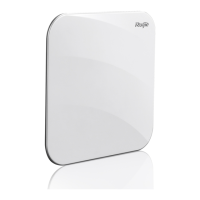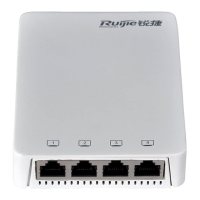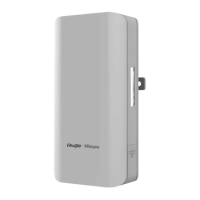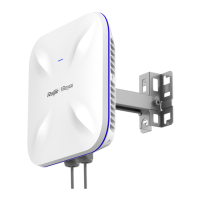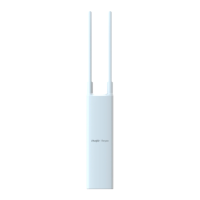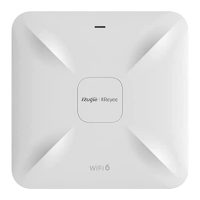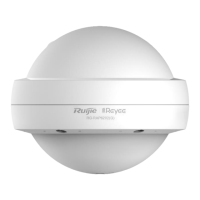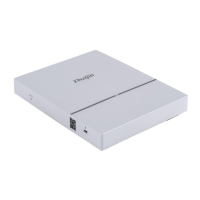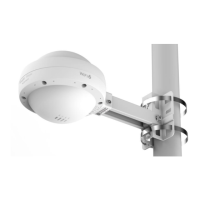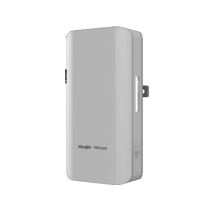Configuration Guide Configuring Wireless Location
5 Configuring Wireless Location
5.1 Overview
The Wireless Location (WL) function of Ruijie WLAN products uses 802.11 wireless signals to locate terminal stations
(STAs). It is supported on all 802.11 a/b/g/n-compliant STAs, such as laptops, Mobile Units (MUs), and special Radio
Frequency Identifications (RFIDs, hereinafter mainly referred to as TAGs). By analyzing and summarizing 802.11 wireless
signals sent from these STAs, WL achieves STA locations through software on the location server in vivid forms such as
maps, tables, or reports.
Ruijie WL also has the following characteristics:
Support indoor and outdoor deployment.
Support two algorithms, Received Signal Strength Indication (RSSI) location and Time Difference of Arrival (TDOA)
location.
Support two RFIDs, MUs and TAGs.
5.2 Applications
N/A
5.3 Features
Basic Concepts
A location system contains three parts: the Target or Source, the Receiver, and the Backend Location System.
Target or Source
Ruijie WL supports two types of location targets:
TAGs, produced by AeroScout, a type of light and portable RFIDs which are usually placed or stuck on the targets to
be located.
MUs, 802.11-complicant wireless STAs regularly transmitting wireless signals.
Receiver
The Receiver can be a Ruijie AP or an AeroScout Tag exciter (used not to collect locations but to excite the TAGs to
transmit specified wireless signals).
Backend Location System
The Backend Location System includes a Locator, AeroScout Engine (AE) computing software and all kinds of graphic
programs.
Features
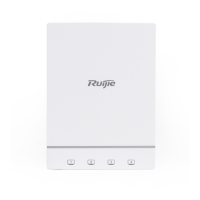
